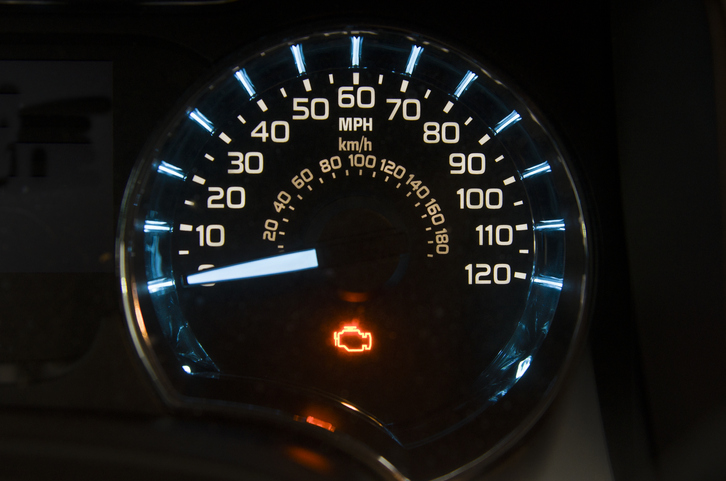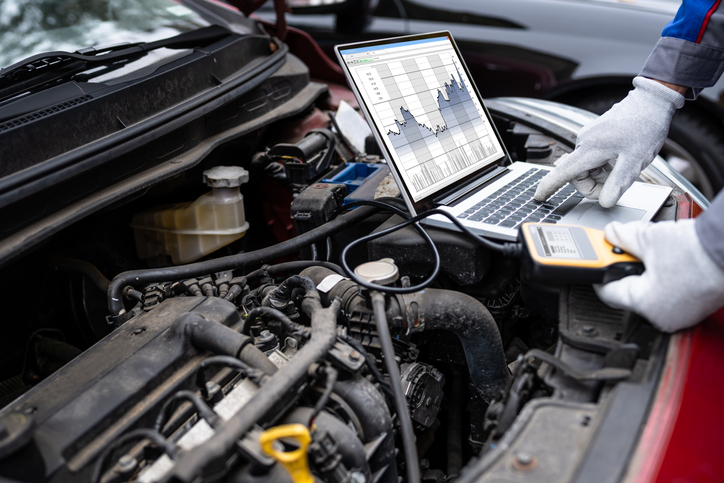Common Issues with a Vehicle’s Computer Control System Explained for those in Auto Service Training
The Engine Control Module (ECM) can be thought of as the vehicle’s brain. Ultimately, it controls and looks over the body. With dozens of sensors, the ECM is able to send and receive messages to and from the different parts of the car, much like the brain does with nerves in the human body. With the help of sensors, it is constantly making small adjustments to make sure that the many important parts of the car are working harmoniously.
Although it is an important part of the vehicle, at times the Engine Control Module can be inaccurate. Its design is not a perfect science, but based on different signs and symptoms, mechanics can decode the messages given by the ECM in order to find the problem at hand.
How Auto Mechanics Decode ECM Messages and Symptoms
The ECM is not always accurate. For instance, everyone has ignored their “check engine” light at least once in their time as a driver. The alert itself may seem like it’s something small, as it can often just be a case of the ECM’s sensors acting up. But if other symptoms such as unusual noises are happening along with the alert, it is often advisable for the car owner to get someone with an auto technician training background to investigate.
Another example of the ECM not being accurate could be when the car misfires. This could mean that there is a problem with the air-to-fuel ratio. The air-to-fuel ratio is important, and when it is not quite right, the issue is most noticeable when the driver is starting their car. This is a common sign that the ECM is having problems that need to be attended to.

Learning about Diagnostic Tools in Auto Service Training
The least invasive way of checking on the ECM is to connect an onboard diagnostic (OBD or OBD II) tool to the diagnostic port. You will be able to see if there is something wrong with the engine as error codes will display. These codes are explained in auto technician training through subjects such as General Electrical Systems Diagnostics. Otherwise, a full assessment is what needs to be done.The problem may often be down to a sensor or faulty wire, which is fortunately normally an affordable repair for your clients.

Diagnosing the Problem Saves ECMs
In the mid-80s, mechanics would replace car ECMs often, as the inner workings of these devices were not widely understood by everyone in the field. Looking back, this was certainly not the most efficient or cost effective way to handle the situation.
It is important to note that with the evolution of technology and auto mechanics, it is less common to replace an ECM without a proper diagnosis. Mechanics today with quality auto service training backgrounds are better equipped to make a diagnosis and assess whether it’s possible to fix before switching out the ECM for a new one. Through code readers, it is usually possible to quickly determine whether the computer is bad or just malfunctioning. Often it’s the case that the issue is simply a maintenance problem.
Interested in learning more about automotive repairs?
Become an automotive mechanic Cambridge student today!


